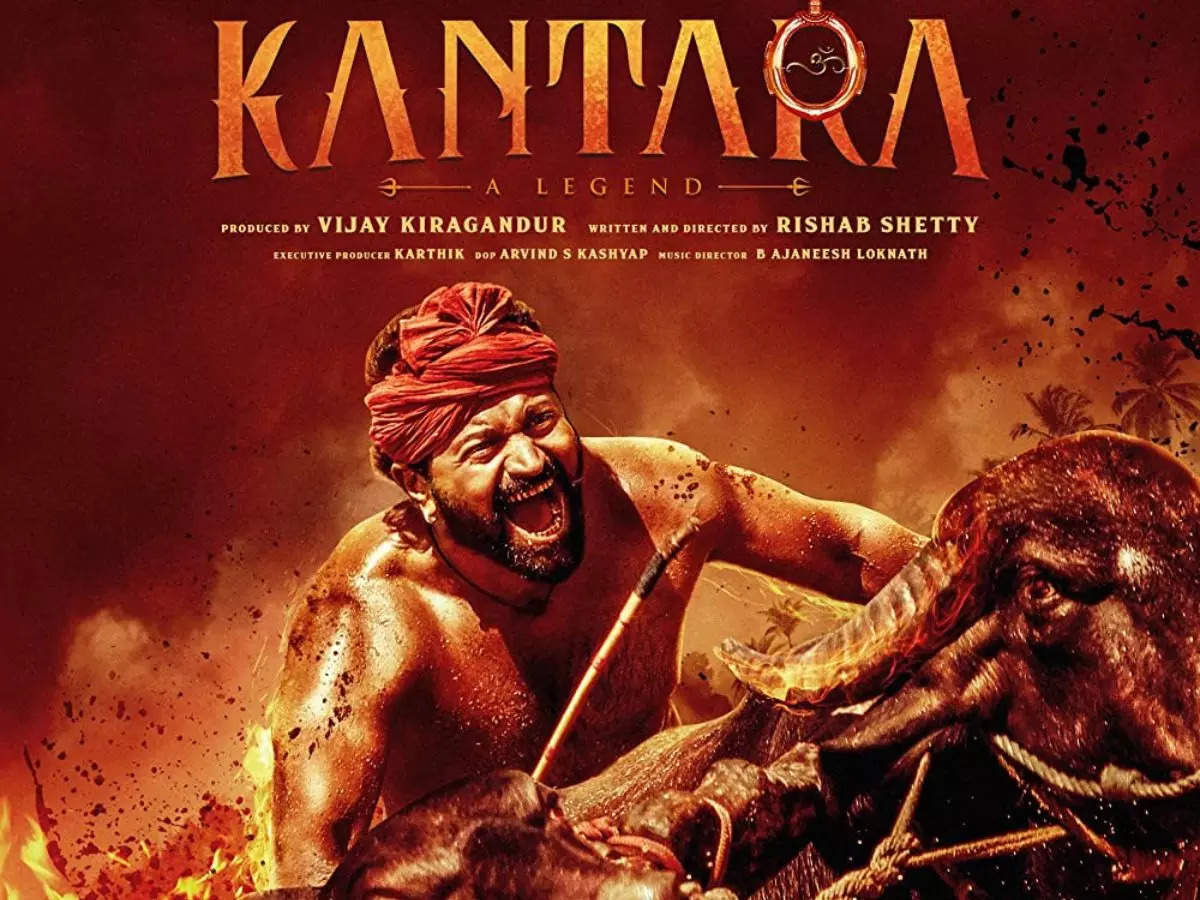A sight for sore eyes, the film explores folk traditions of coastal Karnataka
SINCHANA SHETTY
The film Kantara has become a box-office phenomenon since its release. Everyday the movie receives higher acclaim and I’d be lying if I said I don’t feel proud as someone from Mangalore. It is refreshing to see a movie so authentically represented in all its facets (owing to the fact that it is written and directed by someone from the land) as opposed to the stereotypical, comedic-relief representation of characters from the coastal belt so often seen in other movies. Rishab Shetty’s Kantara follows the story of Kaadubettu Shiva and his villagers who have to navigate the DRFO who wants to make their land a reserve forest and the village landlord, Devendra Suttooru, whose real intentions lurk below his do-gooder persona. The central plot also includes recurring dreams that Shiva has been having of the deity. The story is fraught with culture, myth, and folklore but also has the underbelly of fatalistic humour that is evident so innately among those from Dakshina Kannada (I attest). The actors bring to the table a feast! With the film’s cinematography by Arvind S. Kashyap so stunningly crafted; and score by B. Ajneesh Loknath, one needs to embrace the auditory overload. The visual and the aual come together to deliver a breathtaking experience which the 9.3/10 IMDb ratings concur with. Kantara adds to the narrative of oral tradition. As seen in the film, many regional customs like the worship of the Daiva (an animist form of spirit worship) and Bhoota Kola, a stylised dance held in the honour of the deities where the God possesses the body of the performer are shown. The vanishing of the performers at the end of their act creates an aura of myth that when you dot the i’s and cross the t’s will make you realise all connect to the overarching theme of storytelling. Additionally, having seen multiple interviews of the actor-director, the film is a testament to how cautious he is of this representation of folk traditions. However, women characters are cast aside in the film. There are scenes where Leela, the female lead’s consent does not seem to matter. Unwittingly or not, these are common tropes that exist across Indian cinema. While a review is not going to solve the problem, being proactive is key. In conclusion, Rishab Shetty’s directorial skills are at par with his acting and the story is as entertaining as it is necessary to shed light to these folk customs that are slowly fading. The movie is a must watch and is bound to strike a chord! ∎